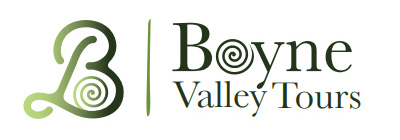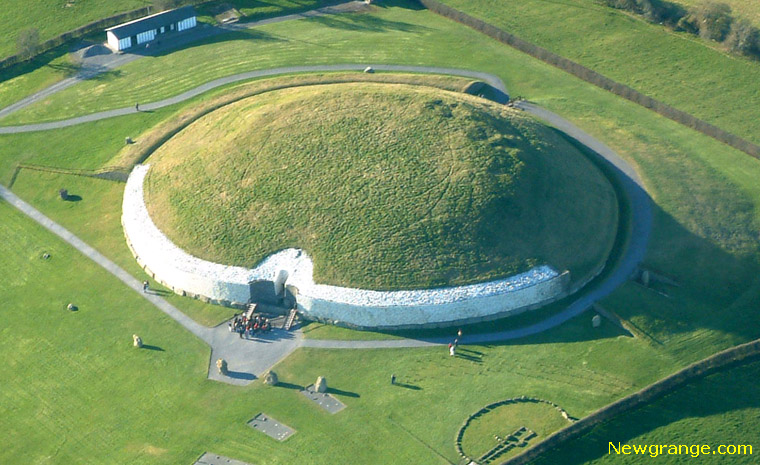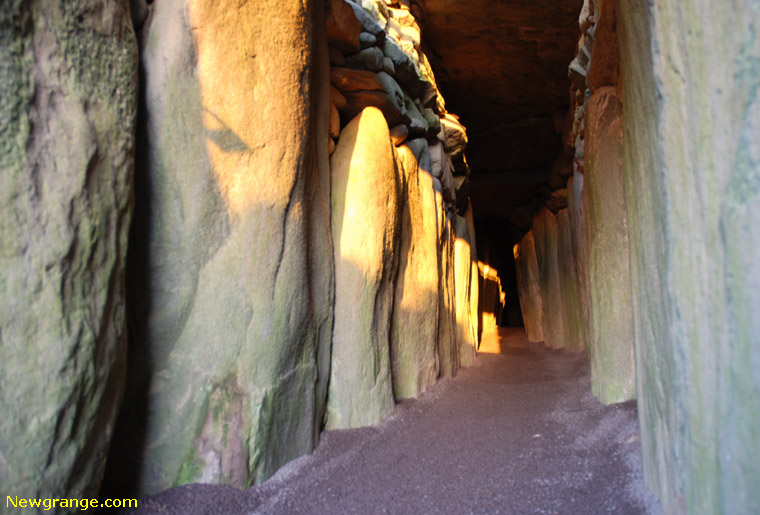The 'King' of Newgrange?
A critical analysis of a Neolithic petrous fragment from the passage tomb chamber.A Research Paper published in June 2025 takes a closer look at the skull fragment found inside Newgrange, which some researchers had linked to an ancient 'King' or dynastic elite. The story captured public imagination in June 2020 when DNA analysis revealed that the individual was the child of an incestuous union, something often associated with royalty in ancient societies like Egypt or Hawaii. Some headlines even went as far as to describe him as a 'god-king' of Neolithic Ireland.
What the evidence shows?
The discovery: a bone fragment, not a throne. The bone in question (labeled NG10) is a fragment of the petrous part of the skull, one of the densest bones in the human body. It was recovered from the right-hand side recess of Newgrange, a spot that some consider to be a prestigious burial place. Ancient DNA showed the man was the product of a very close incestuous relationship, something extremely rare in human populations.However, the authors of this new paper argue that we should be cautious. The tomb had been disturbed many times over the centuries by burrowing animals, by early visitors, and by antiquarians digging inside the chamber. The human remains in Newgrange were not carefully laid out burials but a mix of burnt and unburnt bones, from several individuals, spread across different parts of the tomb.
Mortuary Practice: A Different World
In Neolithic Ireland, cremation was the most common burial custom, but some unburnt bones, particularly skull fragments and long bones, were also placed in passage tombs. The practice was more about the ritual movement and treatment of bones over time, rather than about honouring specific individuals.Articulated skeletons, where the bones of a body remain in their original positions are virtually unknown in Irish passage tombs. Instead, the evidence suggests bones were rearranged, fragmented, and possibly revisited in ceremonies long after death.
This raises a key question: was NG10’s final resting place chosen because of who he was or did his remains simply become part of the tomb's evolving history, mixed in with others in a shared sacred space?
Were There Kings in Neolithic Ireland?
The idea of an elite class building and using Newgrange comes from a traditional view that large monuments require organised, hierarchical societies, much like the builders of the Egyptian pyramids. But this paper challenges that assumption.It suggests that Newgrange and other great passage tombs like Knowth and Dowth were not built in a single grand project. Instead, they were constructed in stages over many generations, through community effort and possibly temporary leadership roles. The evidence does not point to permanent kings or ruling dynasties.
Even the argument that incest proves NG10 was elite is shaky. Incest does not automatically mean royalty, it happens in many societies for many reasons, sometimes even in cases where it was considered taboo.
What Does the DNA Really Tell Us?
Genetic studies have shown that many of the people buried in Irish passage tombs across the country were distantly related to each other, but that does not necessarily mean there was a formal dynasty or a ruling class. It more likely reflects broad, island wide social networks that connected people and communities across regions.In Conclusion
Newgrange remains a special place, but this research invites us to think beyond the simple idea of kings, queens, and ruling families. It suggests that Neolithic Ireland was a world of complex relationships, where power may have been temporary, shared, or even resisted.As archaeologist Michael O’Kelly, who led the excavation at Newgrange in the 1960s, wisely said: "We have no way of knowing in what way the people who were put inside Newgrange were special, it does not necessarily follow that they were royal or priestly, they may have been special in some quite different way."
This study reminds us to keep an open mind and to look deeper into the stories the stones and bones of Newgrange still hold.
Boyne Valley Private Day Tour
 Immerse yourself in the rich heritage and culture of the Boyne Valley with our full-day private tours.
Visit Newgrange World Heritage site, explore the Hill of Slane, where Saint Patrick famously lit the Paschal fire.
Discover the Hill of Tara, the ancient seat of power for the High Kings of Ireland.
Book Now
Immerse yourself in the rich heritage and culture of the Boyne Valley with our full-day private tours.
Visit Newgrange World Heritage site, explore the Hill of Slane, where Saint Patrick famously lit the Paschal fire.
Discover the Hill of Tara, the ancient seat of power for the High Kings of Ireland.
Book Now
Home
| Visitor Centre
| Tours
| Winter Solstice
| Solstice Lottery
| Images
| Local Area
| News
| Knowth
| Dowth
| Articles
| Art
| Books
| Directions
| Accommodation
| Contact


